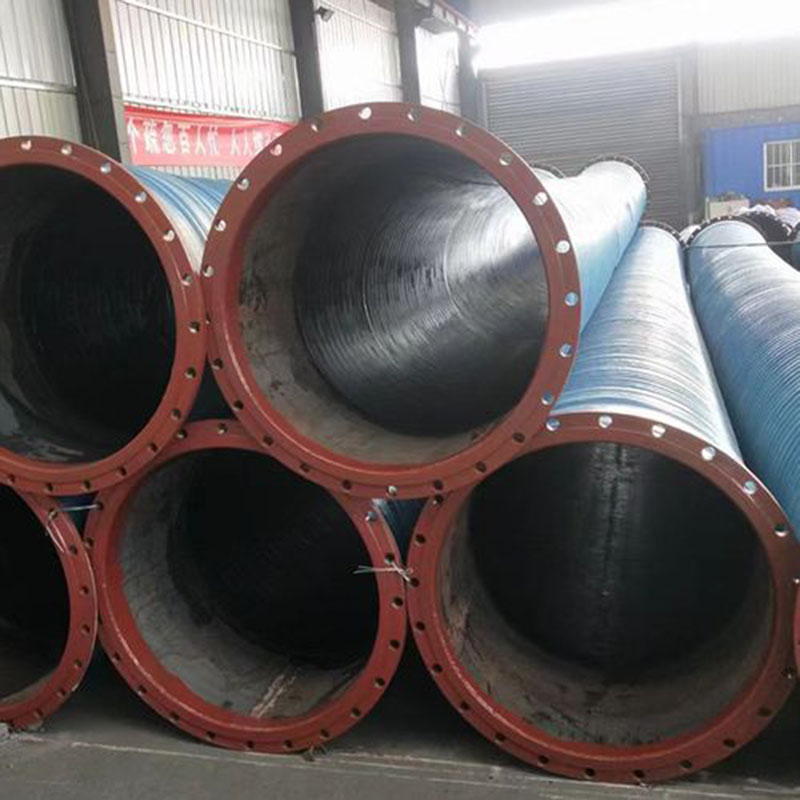Unveiling the Benefits: Outside Natural Gas Soft Connection vs. Traditional Gas Connections
2024-04-10
In the realm of gas distribution infrastructure, innovation is driving significant advancements, with Outside Natural Gas Soft Connections (ONGSC) emerging as a modern alternative to traditional gas connections. These innovative systems offer a plethora of advantages over their conventional counterparts, revolutionizing the way we approach gas distribution. Let's explore the primary advantages of using ONGSC over traditional gas connections:
1. Flexibility and Adaptability
One of the most notable advantages of ONGSC systems is their flexibility. Unlike rigid metal pipelines used in traditional gas connections, ONGSC utilizes soft piping made of materials like polyethylene or composite materials. This flexibility allows the piping to bend and maneuver around obstacles during installation, reducing the need for extensive excavation and trenching. As a result, ONGSC systems can be deployed more quickly and efficiently, even in challenging terrain or urban environments.
2. Reduced Installation Time and Cost
The flexibility and ease of installation inherent in ONGSC systems translate into significant time and cost savings. Traditional gas connections often require extensive labor and resources for excavation, welding, and pipeline installation. In contrast, ONGSC systems streamline the installation process, requiring fewer specialized tools and skilled labor. The reduced installation time and cost make ONGSC an attractive option for gas distribution projects, particularly in areas with budget constraints or tight deadlines.
3. Enhanced Safety and Reliability
Safety is paramount in any gas distribution system, and ONGSC systems offer several advantages in this regard. The flexible nature of the soft piping reduces the risk of leaks or fractures caused by ground movement or external forces. Additionally, modern ONGSC systems incorporate advanced safety features and monitoring technologies to detect and mitigate potential hazards promptly. These systems are designed to meet stringent safety standards and regulations, ensuring reliable and secure gas distribution for end-users.
4. Minimal Environmental Impact
ONGSC systems have a smaller environmental footprint compared to traditional gas connections. The reduced need for excavation and trenching minimizes disruption to the surrounding environment, preserving natural habitats and reducing carbon emissions associated with construction activities. Furthermore, the use of lightweight materials in ONGSC systems reduces transportation-related emissions and energy consumption, contributing to a more sustainable approach to gas distribution.
5. Versatility and Scalability
ONGSC systems are highly versatile and adaptable to various applications and environments. Whether it's residential, commercial, or industrial settings, these systems can be customized to meet specific requirements, accommodating changes in demand or infrastructure expansion. The modular design of ONGSC components allows for easy scalability, enabling operators to adjust the system's capacity as needed without significant downtime or disruption.
Conclusion
In conclusion, the advantages of using Outside Natural Gas Soft Connection systems over traditional gas connections are clear. From enhanced flexibility and reduced installation time to improved safety and minimal environmental impact, ONGSC systems offer a host of benefits that are reshaping the gas distribution landscape. As the demand for cleaner, more efficient energy solutions continues to grow, ONGSC systems are poised to play a pivotal role in meeting these evolving needs, ensuring reliable and sustainable gas distribution for communities around the world.



